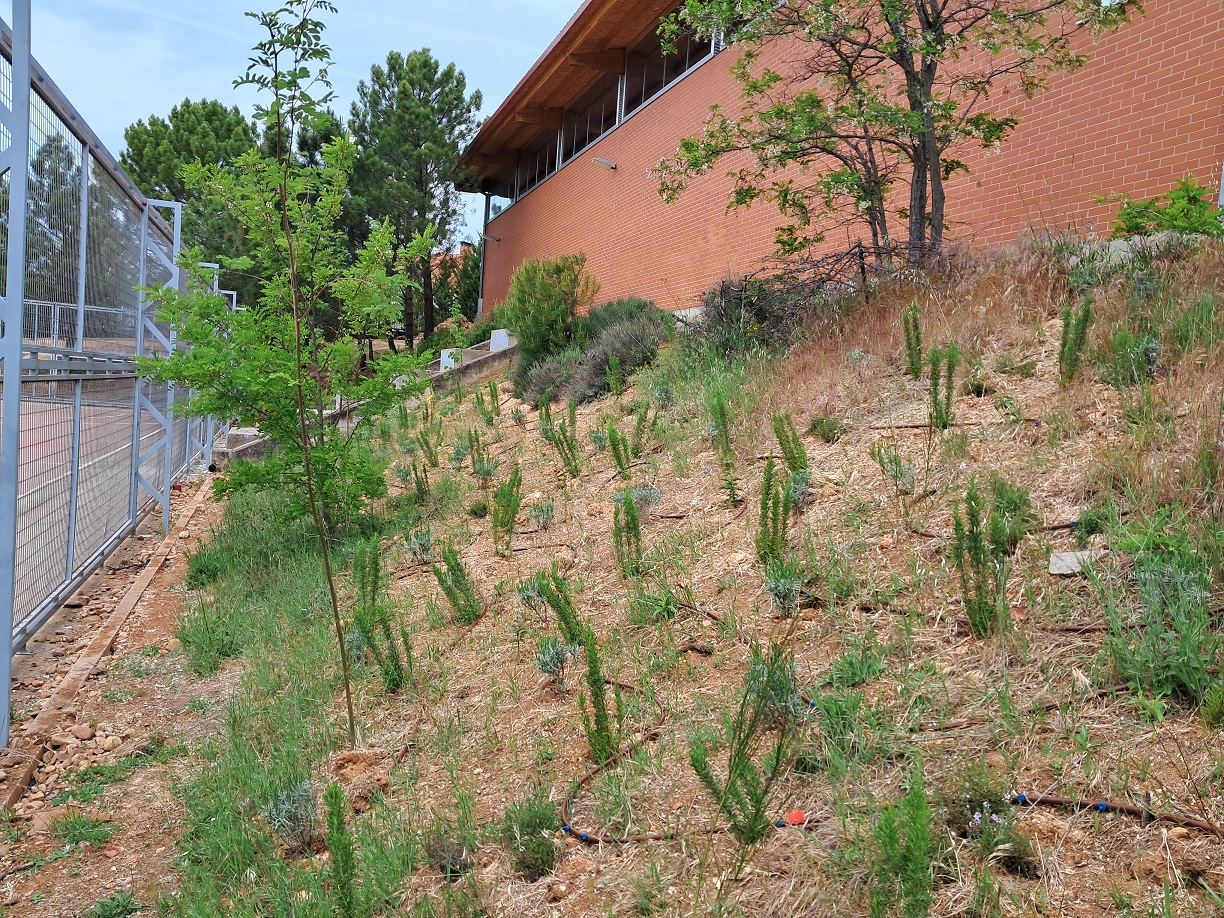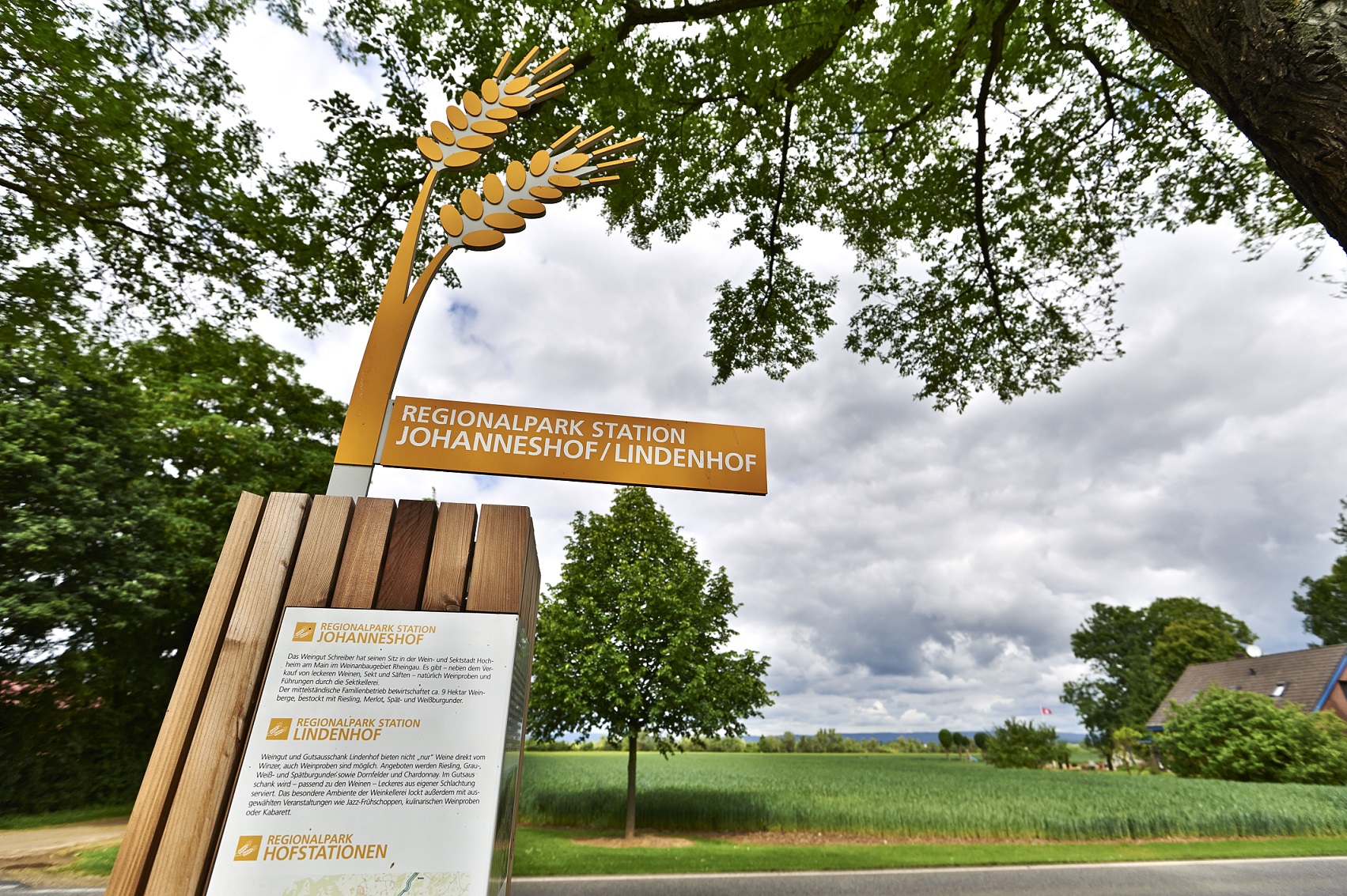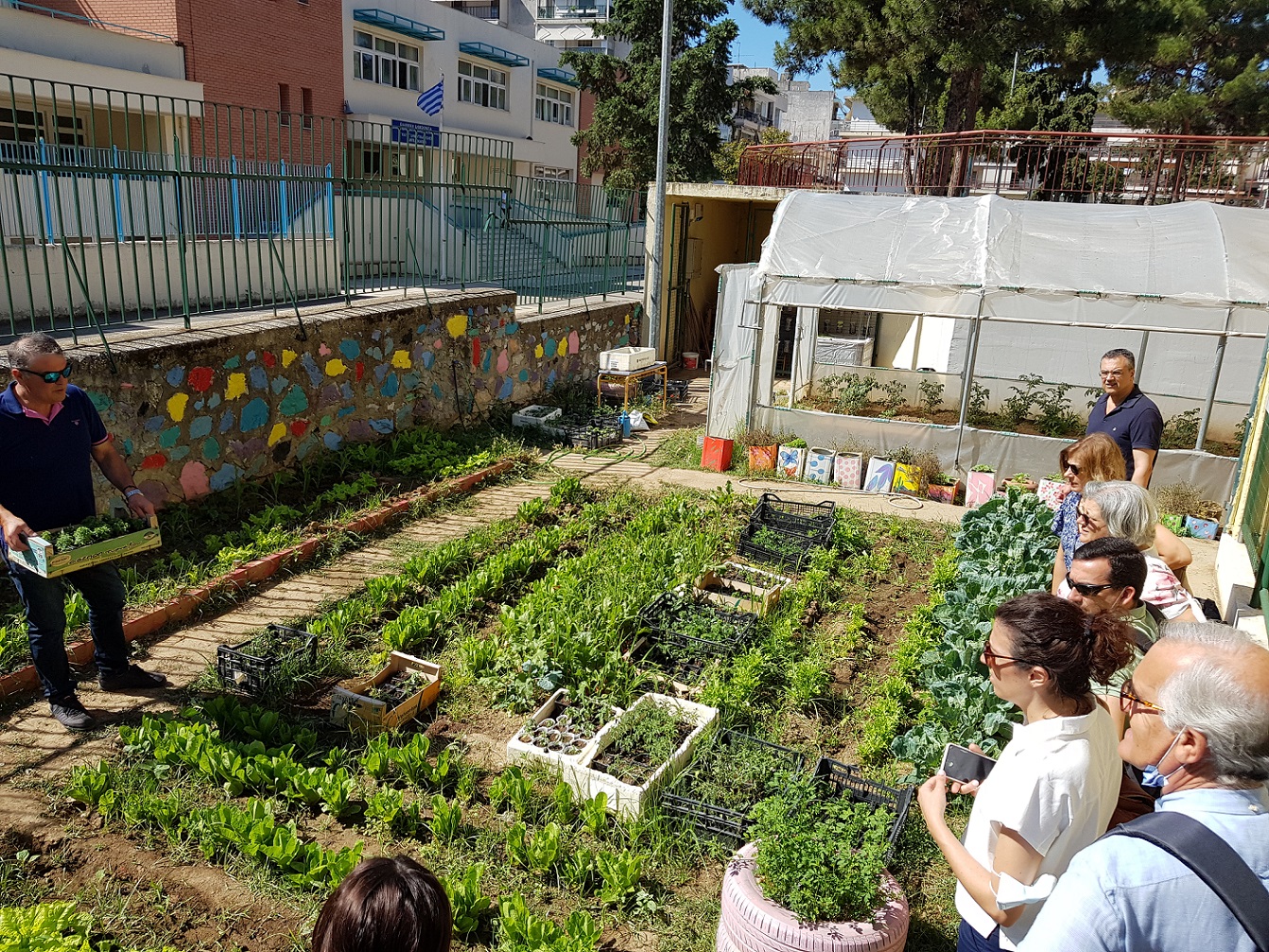In the wake of the COVID-19 pandemic hitting the world in early 2020, local markets and regional agriculture have become more relevant. Supporting local farmers and buying regional products is no longer only of interest to environmentally conscious consumers wanting to minimize transport emissions. The partial collapse of global supply chains, empty supermarket shelves, panic buying and the restrictions to stay at home raised the desire for self-sufficiency and healthy food. The result is an increasing number of people looking for local (and regional) alternatives to meet their food needs – and a global growth of urban farming activities.
Depending on available local needs, opportunities and spaces, these activities differ from home or balcony gardens, sack and stack farming in backyards, community gardens, rooftop or vertical gardens. What they have in common is that they either provide food for self-sufficiency or help building and sustaining regional supply chains. Both are important factors in dealing with COVID-19 and with similar threats in the future that might disrupt global food chains again. Cities and local governments need to find ways to still make food available and affordable to all citizens.
Urban agriculture and the future of green cities
Local farms with their own shops or alternative forms of agricultural corporations, community gardens and even our own gardens help building a resilient regional food supply. They do not depend on global supply chains, external inputs or supermarket mechanisms. The UN predicts that more than 2/3 of the world population will live in cities by 2050, so regional agriculture is needed to secure food supply and nutrition for urban dwellers.
Concerning the possibility of another pandemic and responsive lockdown, local shops everywhere may have to close again. Access to public urban farming sites might also be restricted, depending on how many gardeners there are, and how easily a fitting hygienic concept might be developed. Still, it is much easier for local farmers to provide these concepts and alternative forms of delivering food to their regions (e.g. door-to-door deliveries,) than for global food corporations.
Support and space needed
A study from 2018 sees potential to produce up to 180 million metric tons of food through urban agriculture per year (~ 10 % of the global output of fruit and vegetables). The number of urban farming sites needed to provide enough food supplements or alternatives to the traditional channels seems to be difficult to assess and is still underperforming. A 2014 study tried to quantify the percentage of each nation's total urban area needed to meet the global vegetable consumption (assessed as 2 vegetables per urban dweller per day). According to the study, about 1/3 of the global urban area should be used for urban agriculture to reach this goal.
While exact figures do not exist and differ from city to city (depending on local resources, the population etc.), it is clear that urban agriculture requires more space than is currently allocated. Competition for land use will increase further. Different interests and needs in the transport and construction sector (infrastructure), for city dwellers (living spaces and leisure activities), businesses and, of course, farmers or gardeners, have to be made co-existent. And if the population is too dense, there simply might not be enough room left for urban farming sites.
In this context, local authorities and policy makers need to support urban farmers throughout the whole process by providing both the financial and juridical back-up, as well as help in accessing spaces for urban farming in the regions. Just as important is the sharing of good practices and knowledge on how did successful projects find the best spaces to use in their city? How to find the best growing methods for each region? What help is needed to support the funding of new business models in the field of urban farming? Civil society organisations, entrepreneurs, researchers and experts in the field are needed for that.
All in all, besides offering a possible solution to crises such as COVID-19, urban farming is and remains a great opportunity for needed social, economic and ecological change. Regional production and consumption – eating food where it grows – helps reducing greenhouse gas emissions and increases resource efficiency. Both are essential in fighting the climate crisis that is already hitting cities, farms and humans everywhere. Urban farming creates local jobs, vitalizes cities and leaves room for citizens to work 'for' their community, together.
Within the CityZen project we join efforts to promote its advantages and foster urban farming in our respective regions with policy makers, businesses and locals. For a resilient, sustainable and green Europe!
Sources: 1 // 2 // 3 // 4 // 5 // 6 // Picture: Martin Winkler, Pixabay.com











